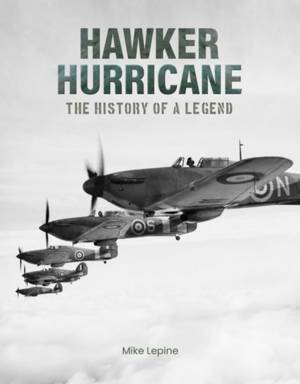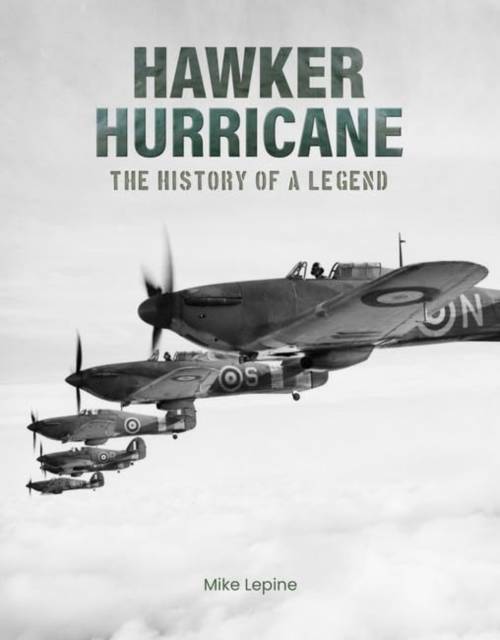
Je cadeautjes zeker op tijd in huis hebben voor de feestdagen? Kom langs in onze winkels en vind het perfecte geschenk!
- Afhalen na 1 uur in een winkel met voorraad
- Gratis thuislevering in België vanaf € 30
- Ruim aanbod met 7 miljoen producten
Je cadeautjes zeker op tijd in huis hebben voor de feestdagen? Kom langs in onze winkels en vind het perfecte geschenk!
- Afhalen na 1 uur in een winkel met voorraad
- Gratis thuislevering in België vanaf € 30
- Ruim aanbod met 7 miljoen producten
Zoeken
Omschrijving
The Hawker Hurricane was a British single-seat fighter aircraft that played a crucial role in the Royal Air Force during World War II. It was one of the main British fighter aircraft during the early stages of World War II and saw extensive service during the Battle of Britain in 1940, where it played a vital role in the defence against German air raids. Designed by Sydney Camm, the Hawker Hurricane had a more traditional design compared to the sleeker Supermarine Spitfire. It featured a fabric-covered frame and a metal wing, and it was powered by a Rolls-Royce Merlin engine. Armed with eight .303 inch Browning machine guns, with later versions of the aircraft equipped with twelve machine guns or a combination of machine guns and cannons. The Hurricane went through various modifications and upgrades during its production. It served not only as a fighter but also in other roles such as ground-attack and naval operations. The Hurricane, largely replaced by more advanced aircraft later in the war, continued to serve in various roles, including in North Africa, the Mediterranean, and the Eastern Front. Some were also used for reconnaissance and training.
Specificaties
Betrokkenen
- Auteur(s):
- Uitgeverij:
Inhoud
- Aantal bladzijden:
- 144
- Taal:
- Engels
Eigenschappen
- Productcode (EAN):
- 9781915343550
- Verschijningsdatum:
- 20/08/2024
- Uitvoering:
- Hardcover
- Formaat:
- Genaaid
- Afmetingen:
- 210 mm x 267 mm
- Gewicht:
- 746 g

Alleen bij Standaard Boekhandel
+ 61 punten op je klantenkaart van Standaard Boekhandel
Beoordelingen
We publiceren alleen reviews die voldoen aan de voorwaarden voor reviews. Bekijk onze voorwaarden voor reviews.









